Next Door App helps in finding a missing man.
I just had my first experience with trying to find a lost person who has dementia. My neighbor, who lives two blocks away, had fallen asleep on the couch for thirty minutes. Just enough time for her husband to unlock the back door and disappear. He has Lewy Body disease. She provides his care 24/7. Although he had been at the Adult Day Center today, she was exhausted and dozed off. He was wearing the Project Lifesaver ankle bracelet that just had the battery replaced last week. She called the Sheriff’s office to alert them. While she waited at the end of her driveway, she informed a passing bicyclist of her husband’s disappearance. The rider of the bike is a friend of ours, so he came on to our house with the news. While my husband got our bikes to join in the hunt, I wrote a quick alert on my Next Door App to tell my neighbors and surrounding neighborhoods of this man’s disappearance. We rode to her house and introduced ourselves. I waited with her while my friend and husband rode off in several directions, trying to find the missing man. It was quickly getting dark. The Sheriff arrived who had the GPS equipment to find the ankle bracelet. He rode off with the radar tool out his window to try to find him.
Meanwhile, a neighbor who was out shopping saw the Next Door App alert come up on her phone about the missing man. She and her husband had recently driven out of the neighborhood and saw a man standing at the dark backend of a driveway on their way out. Putting the alert together with seeing the man, they returned home, checking to see if he was still where they had seen him. He was. As good fortune would have it, this alerted neighbor just happened to be a police officer. He was able to bring our missing man home without incident. He alerted the other officers involved who were searching the neighborhood.
While I was waiting with the wife, we prayed together that her husband would be found without incident. He was. The networking of neighbors, technology, and the hand of God, all are safe tonight.
Are you connected with your neighbors with the Next Door App? It’s free and an excellent tool to communicate quickly. Check it out. And then invite your neighbors.


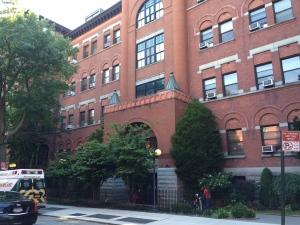
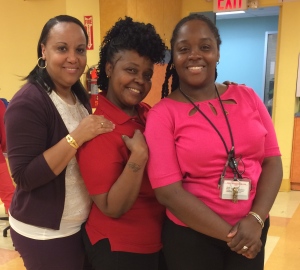
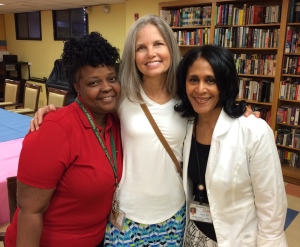

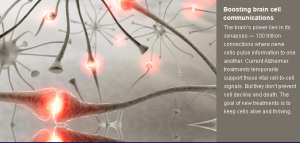
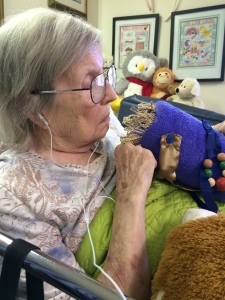
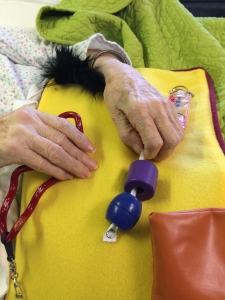
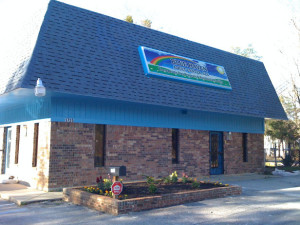
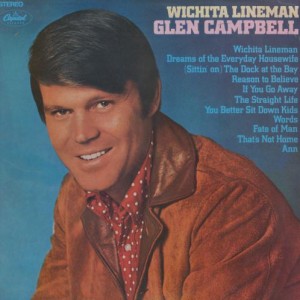
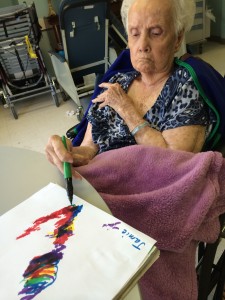
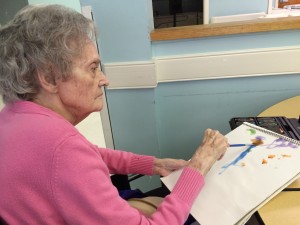


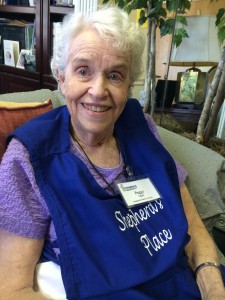
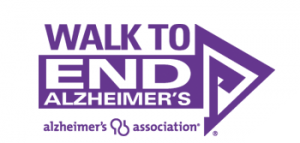

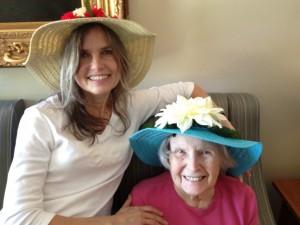

Recent Comments